Parque Montmartre (몽마르뜨공원)
8.3Km 2021-11-25
Banpo-daero 37-gil 59, Seocho-gu, Seúl
+82-2-2155-6877
El lugar del Parque Montmartre era anteriormente era una montaña abandonada pero en el año 2000, bajo el proyecto de la urbanización del Ayuntamiento de Seúl, se convirtió en un parque verde acudido por los ciudadanos todo el año. La entrada al barrio Seorae, zona residencial muy cerca del parque, era conocida como Montmartre, por lo que se llegó a llamarlo con el mismo nombre.
Parque Haneul (하늘공원)
8.3Km 2024-12-23
Haneulgongwon-ro 95, Mapo-gu, Seúl
Templo Jingwansa en Seúl (진관사(서울))
8.3Km 2025-04-07
Jingwan-gil 73, Eunpyeong-gu, Seúl.
El templo Jingwansa, ubicado al oeste de Seúl, es uno de los cuatro principales templos alrededor de Seúl, junto con Buramsa, Sammaksa y Seunggasa, situados al este, al sur y al norte respectivamente. El templo fue dedicado al guardián Jingwan en el año 1010 por el rey Hyeonjong, el octavo rey de la dinastía Goryeo. Durante la dinastía Joseon, el rey Sejong construyó una biblioteca en Jingwansa para que los estudiosos confucianos pudieran desempeñarse allí. El templo fue reducido a cenizas durante la Guerra de Corea, pero como ha ocurrido desde 1963, los edificios del templo han sido restaurados y renovados. El templo alberga los pabellones Daeungjeon (Salón de Sakyamuni), Myeongbujeon (Salón de la Sentencia), Nahanjeon, Chilseonggak, Nagawon, Hongjeru, Dongjeonggak, Dongbyeoldang, Yosache y otros. Daeungjeon, la construcción central del templo, se consagra a Sakyamuni (la estatua principal de Buda), junto con Mireukbosal y Jehwagalhwabosal en cada lado. Myeongbujeon se dedica a Jijangbosal, Domyeongjonja, Mudokgwiwang y Sipdae Daewang, mientras que Nahanjeon se consagra a Sakyamuni, Mireukbosal, Jehwagalla Bosal y Simnyungnahansang. El templo no solo es vecino del hermoso entorno del Parque Nacional del Monte Bukhansan, sino que también contiene una impresionante colección de bienes culturales e históricos. Es un lugar de relajación para los residentes de la zona.
Festival del Eoksae de Seúl (서울억새축제)
8.3Km 2025-10-23
Haneulgongwon-ro 95, Mapo-gu, Seúl
02-300-5567
El Parque de la Copa Mundial se situó en Nanjido, un maravilloso ecosistema donde las flores florecían en cada estación y donde las aves migratorias volvían cada año. Lamentablemente, Nanjido se usó como vertedero entre 1978 y 1993, convirtiendo ese bello ecosistema en un lugar lleno de basura. Tras el proyecto de recuperación de 1996, el lugar volvió a sus inicios y se creó el Parque de la Copa Mundial. Este parque está formado, a su vez, por 5 parques: Pyeonghwa, Haneul, Noeul, Nanjicheon y Nanji Hangang. La zona del Parque Haneul (Parque del Cielo) está llena de eoksae (juncos asiáticos) y se convierte en el lugar de celebración de este festival en octubre de cada año. Aunque el parque está abierto al público durante el día, normalmente cierra por la noche para reducir los efectos negativos de los visitantes en las plantas y animales. Sin embargo, durante el festival permanece abierto hasta las 22:00 horas.
Strada146 (스트라다146)
8.4Km 2025-10-30
3-8, Dangsan-ro, 38-gil, Yeongdeungpo-gu, Seoul
Shinuiju Chapsal Sundae (신의주찹쌀순대)
8.4Km 2024-08-08
725 Yeongdong-daero, Gangnam-gu, Seoul
Circuito de Ciclismo del Parque Nanji del Río Hangang (난지한강공원 MTB코스장)
8.4Km 2024-06-21
Hangangnanji-ro 162, Mapo-gu, Seúl
Situado dentro del Parque Nanji del Río Hangang, este circuito de ciclismo es ideal tanto para deportistas profesionales como para niños y jóvenes que no estén muy familiarizados con las actividades de montaña. De 4 m de ancho y de 450 m de largo, la ruta representa exactamente las irregularidades de una montaña.
Parque Nanji del Río Hangang (난지한강공원)
8.4Km 2024-06-21
Hangangnanji-ro 162, Mapo-gu, Seúl
Es un parque multifuncional, ya que consta de actividades acuáticas, pantanos y un ambiente natural muy hermoso que purifica el aire del entorno. En el área más alta del parque se encuentran la zona del campamento, el desembarcadero y la plaza. El área central está formada por los campos verdes, y la zona baja la ocupa el pantano.
Festival del Día de la Juventud de Corea (대한민국 청년의 날 축제)
8.4Km 2025-09-15
Daehak-ro 104, Jongno-gu, Seúl
02-780-3939
Aank Hotel Yeongdeungpo (아늑호텔 영등포점)
8.5Km 2025-04-25
10, Yeongjung-ro 10-gil, Yeongdeungpo-gu, Seoul
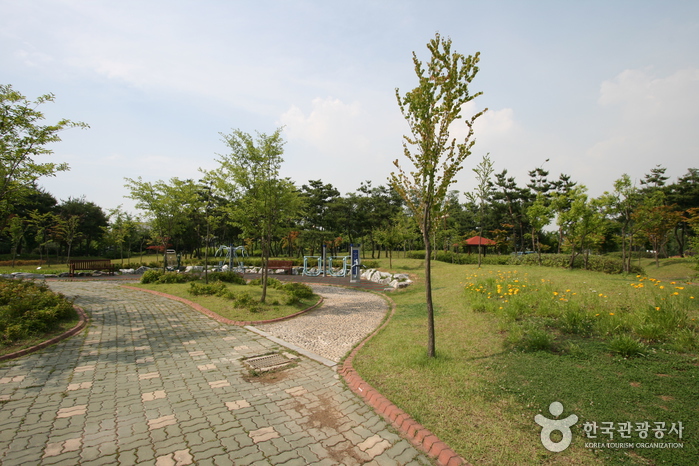
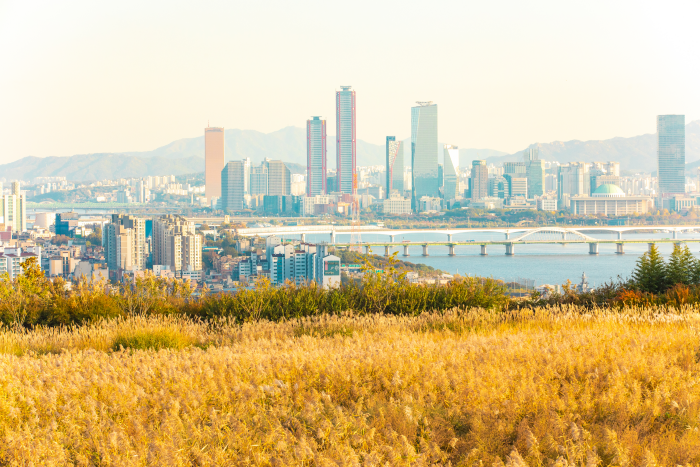

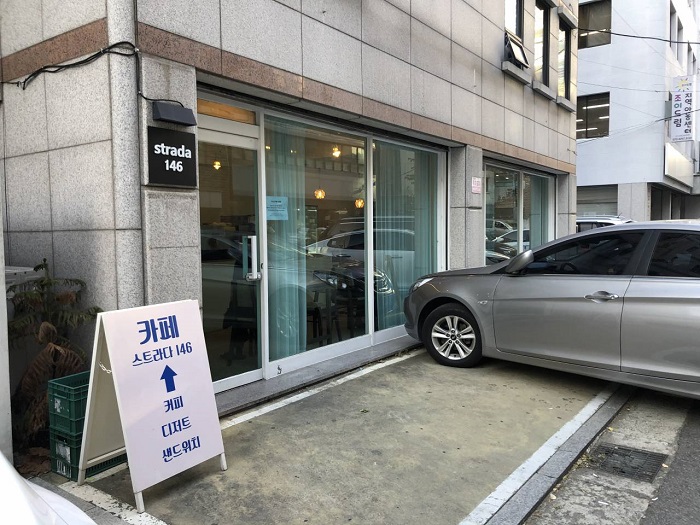
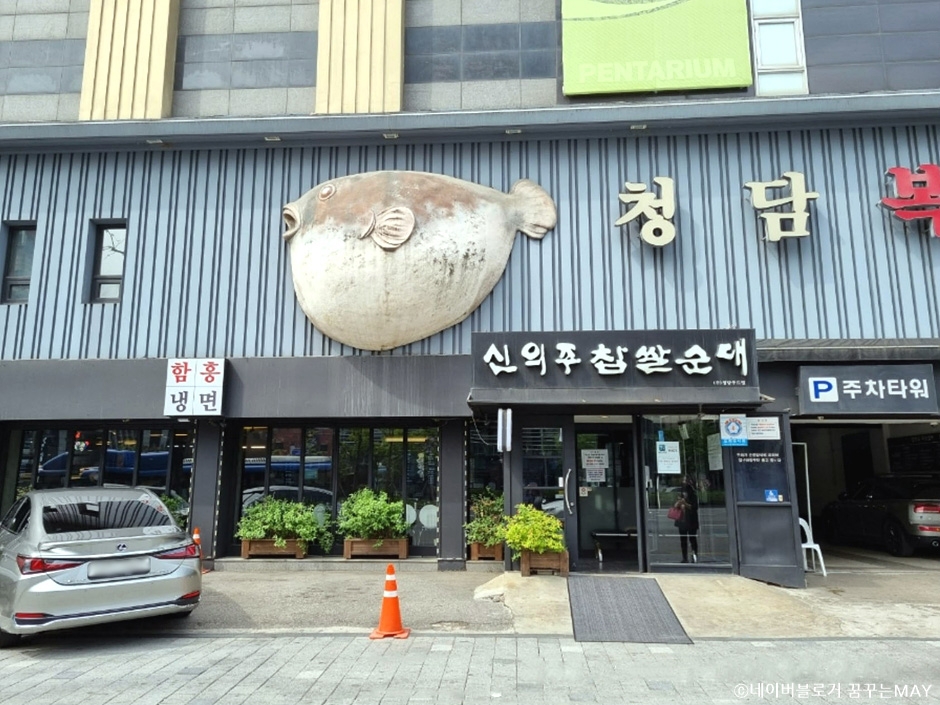
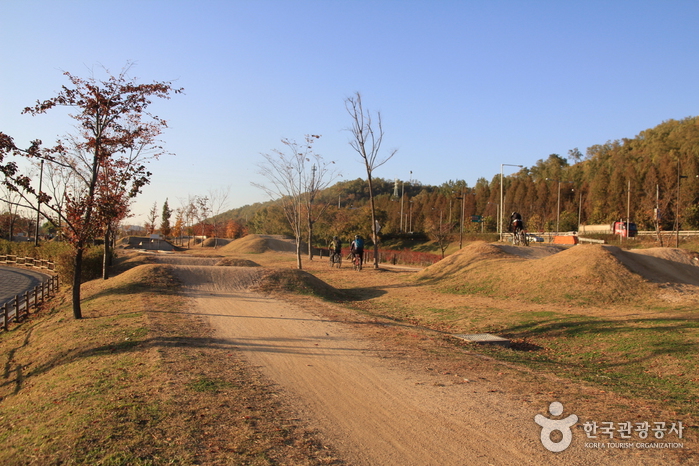
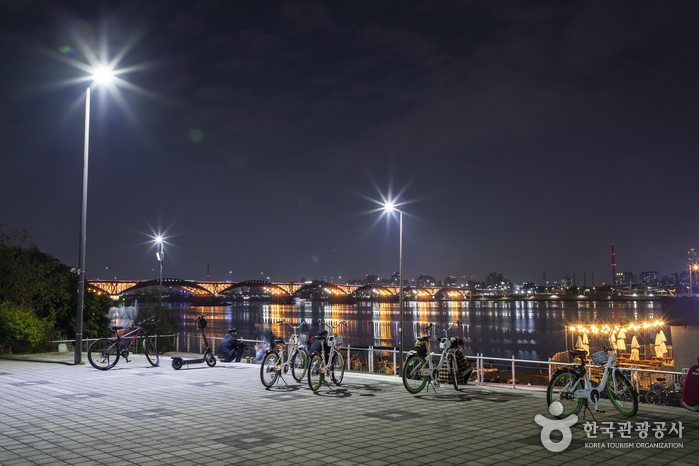
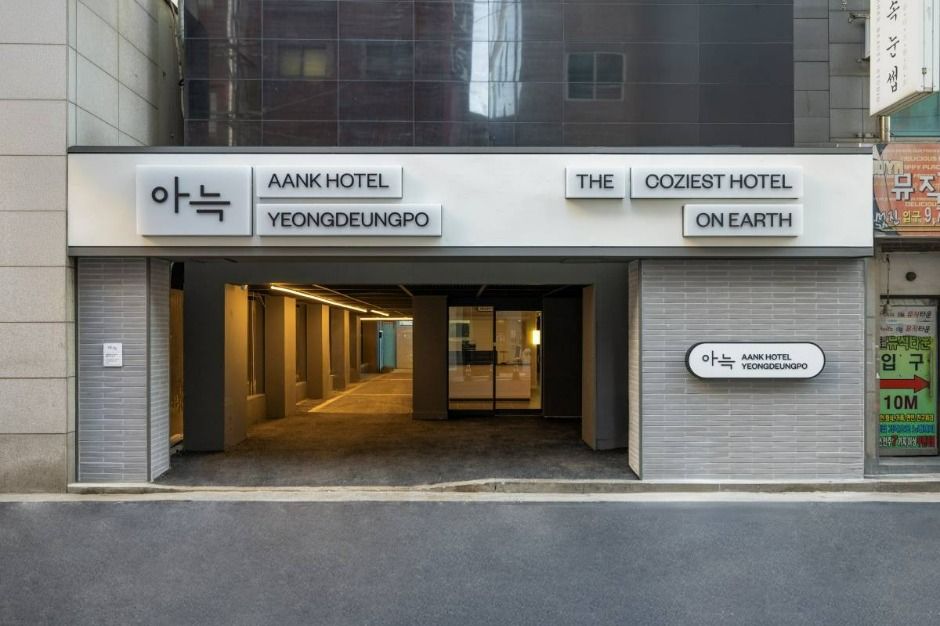
 Español
Español
 한국어
한국어 English
English 日本語
日本語 中文(简体)
中文(简体) Deutsch
Deutsch Français
Français Русский
Русский